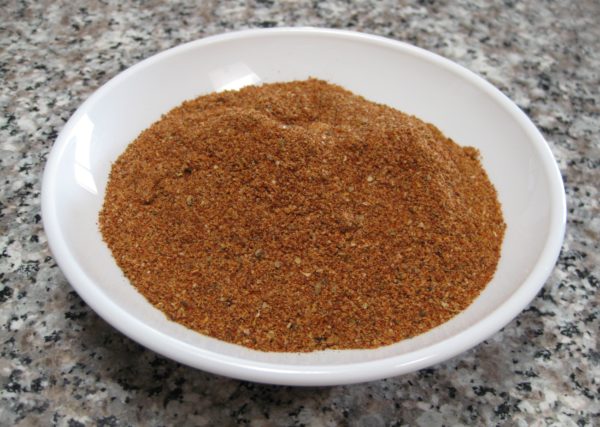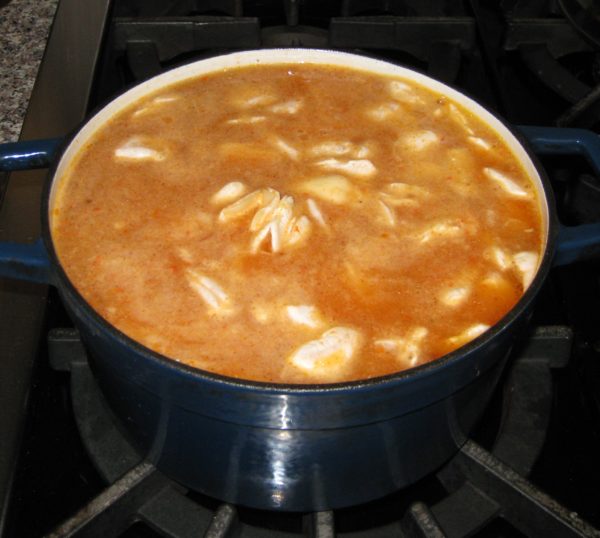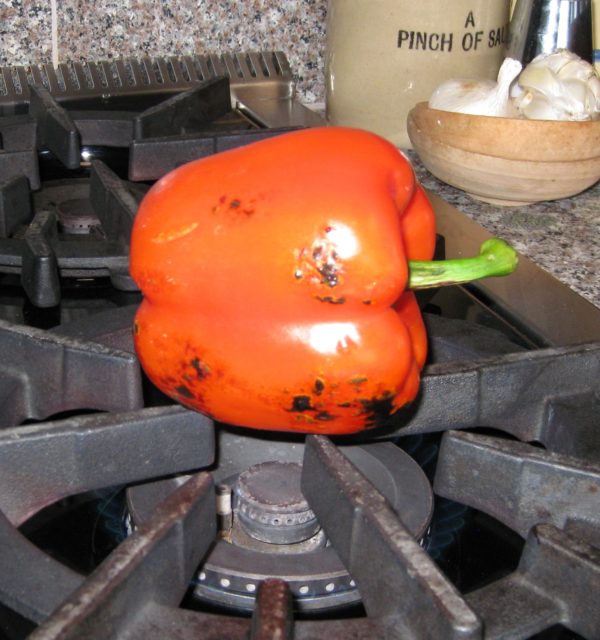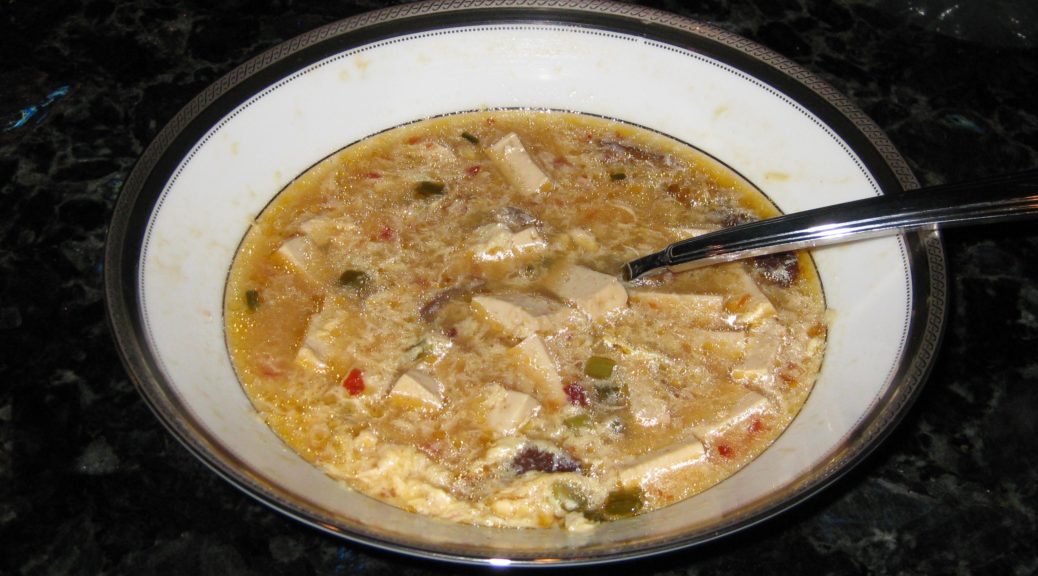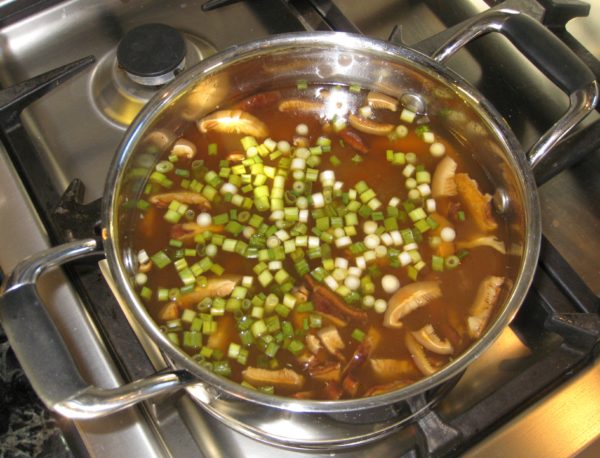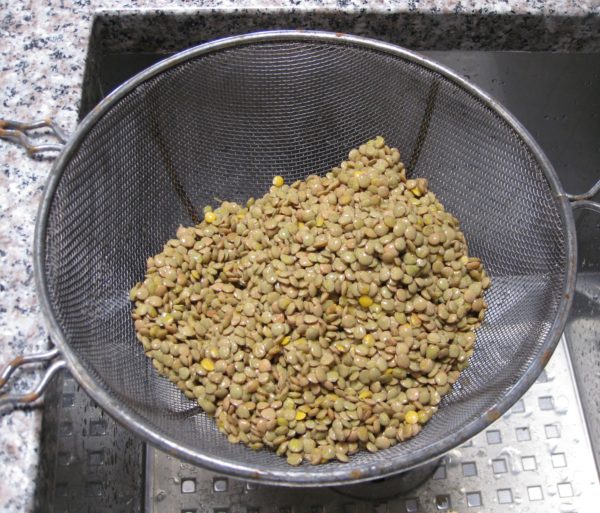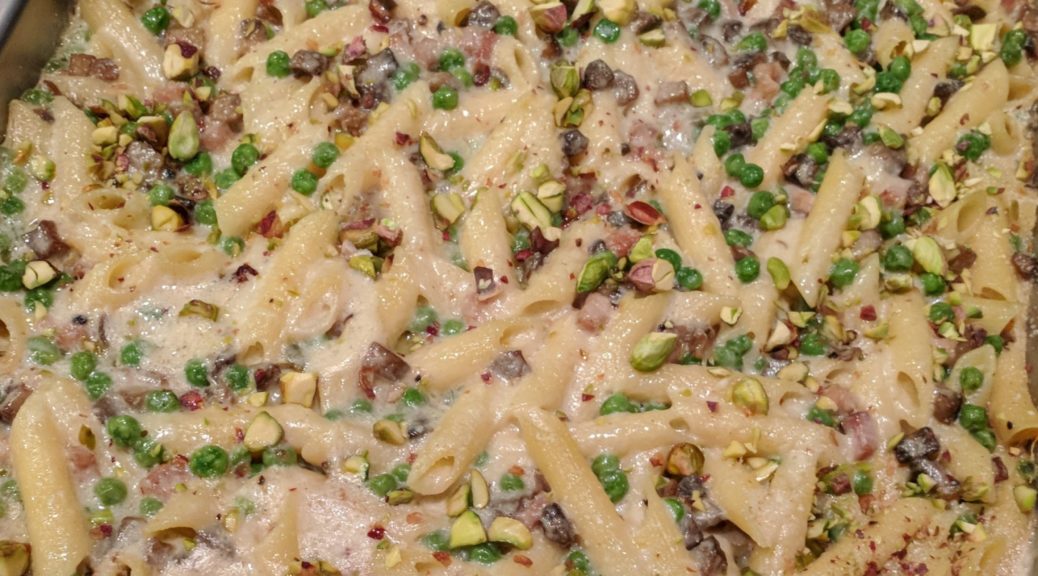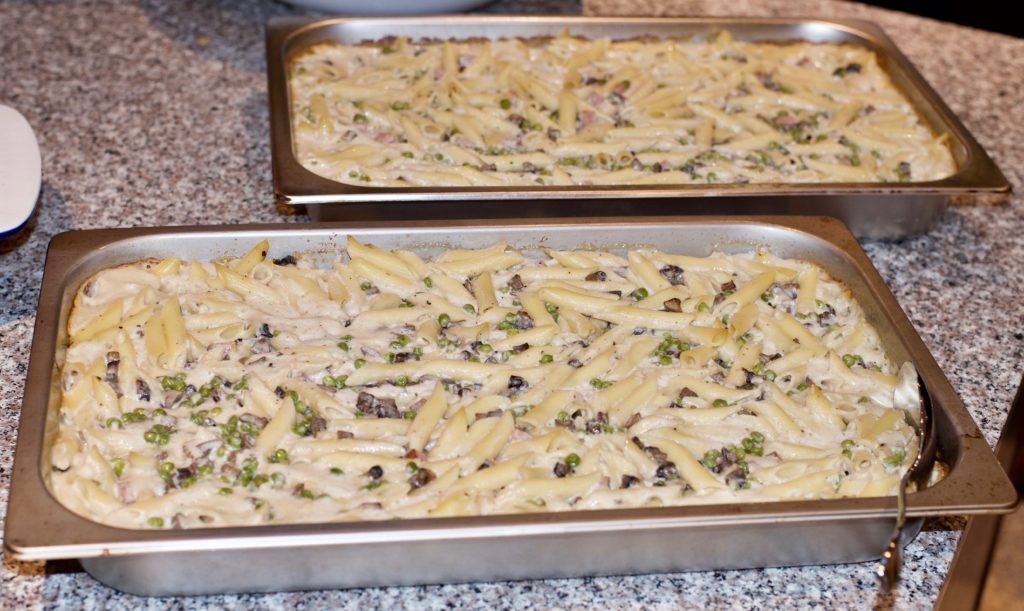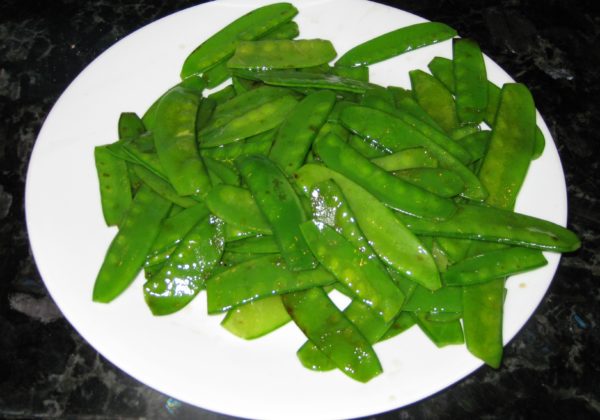June 20, 2018
When we’re in Palm Springs in the winter, surrounded by an abundance of citrus trees, I feel like citrus ought to be featured in every meal.
Being able to walk out the door and pick lemons, limes, oranges, grapefruit and tangerines, and NOT doing it, seems like such a grand missed opportunity. Even if the ingredients for the rest of the meal don’t come from within a few feet of my door, the citrus fruits and herbs can.
With that in mind, and the prospect of cooking a multi-course dinner for 15 people in a kitchen that’s about 8’ x 10’ got me to thinking. Individually lemons, sage, and olives pair well with chicken so why not all of them together in the same dish?
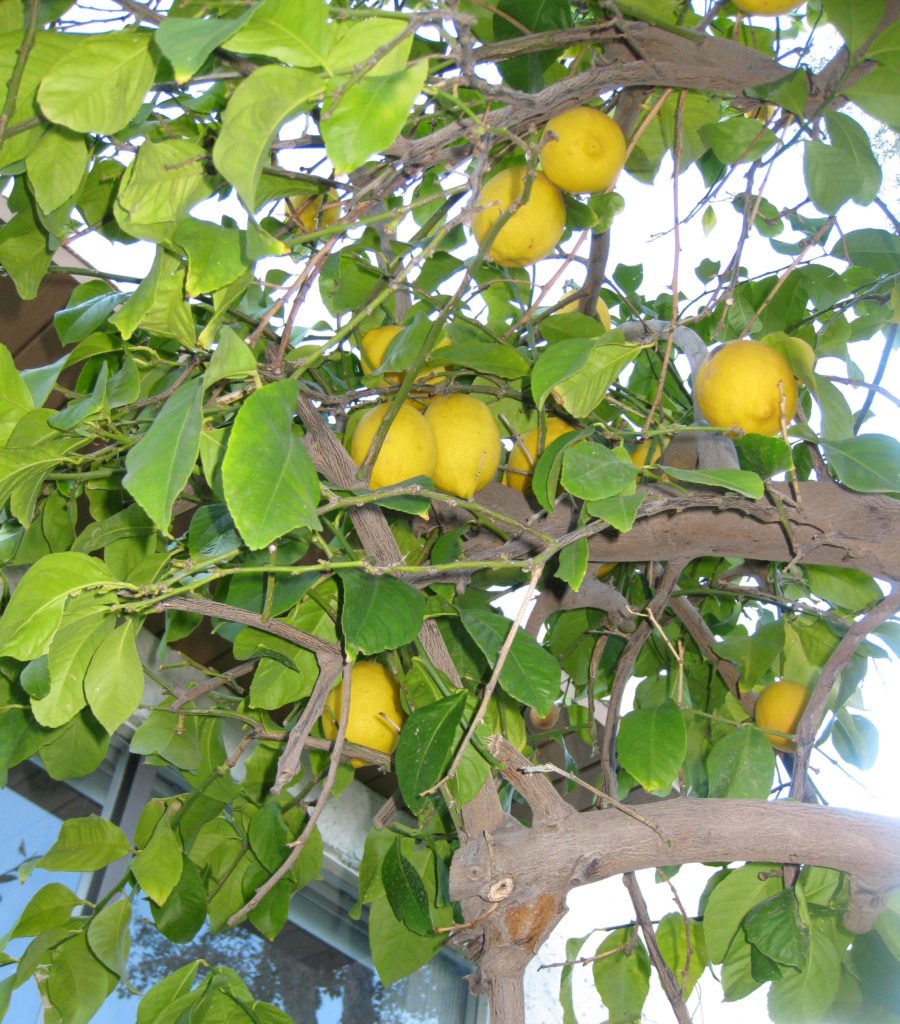
Next came the method. With fifteen people I needed at least 15 pieces of chicken. I was pretty sure that with all the other courses, one piece of chicken per person would be enough. I added a few more for good measure.
Follow us on your social media platform of choice
Braising 18 pieces of chicken on the stove top would have consumed a good deal of space so I opted for the oven and a “hotel pan,” sometimes called a steam table tray. You know, those cafeteria-style rectangular pans. I have a mess of them in an array of sizes. Made of stainless steel, they’re non-reactive. You can cook and store food in them, simplifying the preparation process. Shallow roasting pans are a good substitute. Don’t use aluminum pans or other reactive materials due to the lemon juice in this dish.
To keep it simple, I decided not to brown the chicken first, but rather to do it at the end by turning up the oven. I made a marinade by buzzing the ingredients in a blender, so even that is super-easy.

Which part of the chicken to use was never in question. I like what happens to chicken thighs with long, slow braising. Keeping the bone in adds flavor and structure so I suggest avoiding boneless thighs.
If you keep the skin on you’ll have to remove it before browning and serving the chicken because it will be rubbery from the moist heat. I usually prefer to keep the skin on as it helps keep the meat moist but the combination of low and slow cooking and a tight cover meant the effect of the skin would be marginal. Removing the skin in the beginning makes the dish even simpler to prepare. Besides, the skin is a great addition to the stock pot when making chicken stock or broth.
Join our mailing list and you’ll never miss a recipe again!
I keep a zipper lock bag in my freezer into which I put chicken skin and other bits that I trim off chicken then add the contents to the stock pot with backs and wings. Skin contains a lot of fat but since it will be skimmed off at the end it’s not really a concern. The collagen in the skin, however, will greatly improve the mouthfeel of the broth. In the “old days” adding chicken feet to the stock pot served the same purpose but finding chicken feet is challenging.

While this dish was created in the Palm Springs winter, it works well year-round thanks to the non-stop availability of lemons. The next time you’re cooking for a crowd, give it a try and let me know what you think.

| Prep Time | 30 minutes |
| Cook Time | 2 hours |
| Servings |
people
|
- 18 bone-in chicken thighs skin removed and trimmed of extra fat
- 1 cup extra virgin olive oil
- 1/2 cup lemon juice freshly squeezed
- 14 cloves garlic divided
- 3 tablespoons chopped fresh rosemary or to taste
- 1 tablespoon salt
- 2 teaspoons black pepper freshly ground
- 18 lemon slices ¼ inch thick
- 18 sage leaves
- 3/4 cup oil-cured black olives
- 3/4 cup green olives such as Castelveltrano
Ingredients
|

|
- Make marinade by pureeing the olive oil, lemon juice, 6 cloves garlic, rosemary, salt, and pepper in a blender.
- Pour the marinade over the chicken thighs and mix well.
- Marinate chicken thighs overnight in the refrigerator.
- Lightly oil a non-reactive hotel pan or shallow roasting pan.
- Arrange lemon slices on the bottom of the pan.
- Put a sage leaf on each lemon slice.
- Put a chicken thigh on each sage-topped lemon slice, reserving the marinade.
- Scatter olives around the chicken.
- Smash the remaining 8 garlic cloves and scatter around the chicken.
- Pour the marinade over the chicken. Cover the pan tightly with foil. (If possible, cover the pan with a sheet of parchment before the aluminum foil.)
- Put the chicken into a preheated 350°F oven. Cook until the chicken is nearly fall-apart tender, 90-120 minutes.
- Using a turkey baster, remove most of the liquid from the pan. Put the liquid into a fat separator.
- Turn the heat as high as the oven goes. Put the pan of chicken on the top rack until it takes on some color, approximately 10-15 minutes. You can also use the broiler for this, though many broilers do not have enough heated surface area to brown the contents of a large pan.

- While the chicken is browning, skim the fat from the pan juices.
- Carefully move the chicken thighs, with lemon slices intact, to a serving platter or individual plates.
- Scatter the olives over the chicken.
- Pour some of the defatted pan juices over the chicken.
- Pass the remaining defatted pan juices at the table.
Copyright © 2018 by Villa Sentieri, LLC. All rights reserved.






